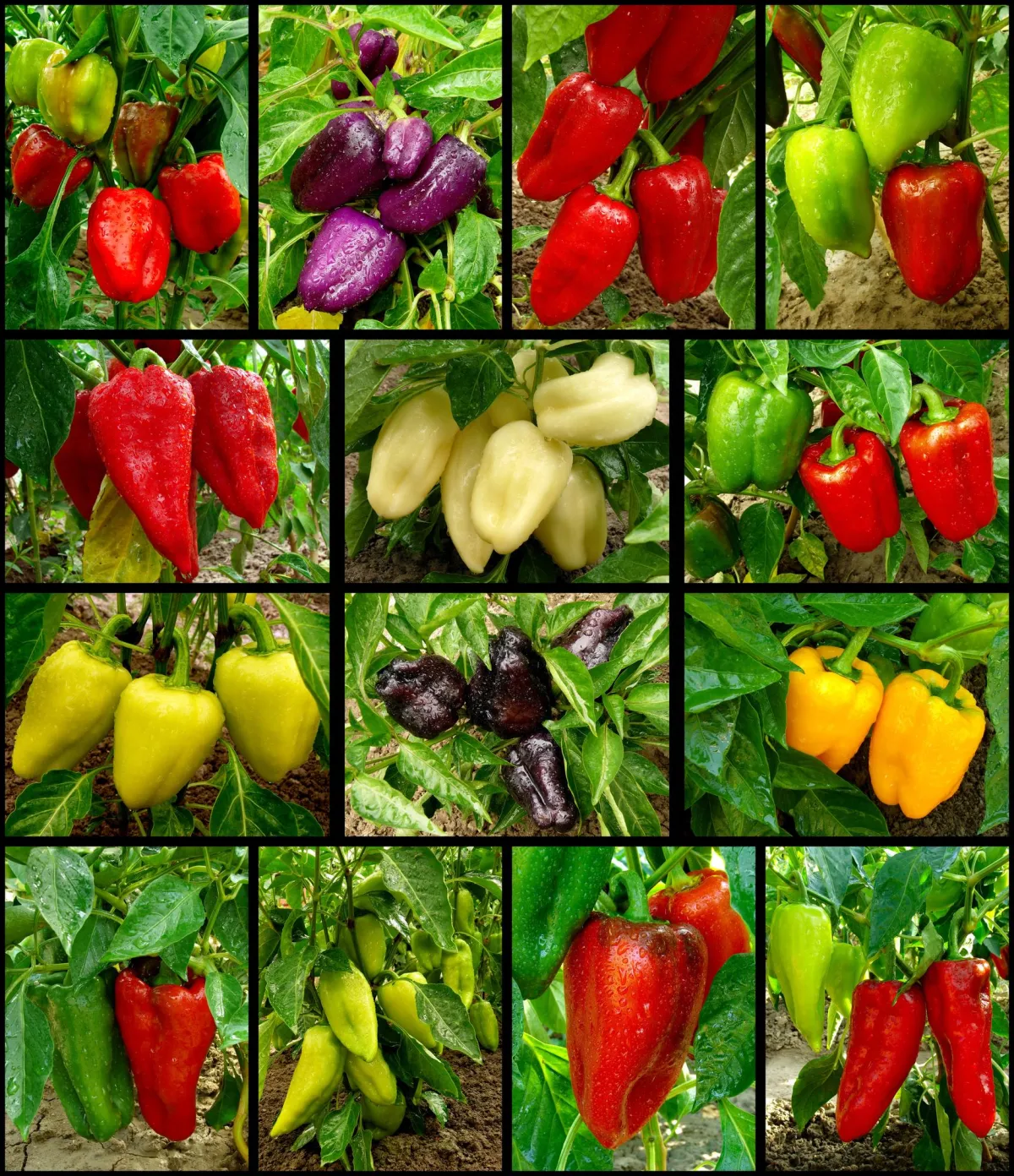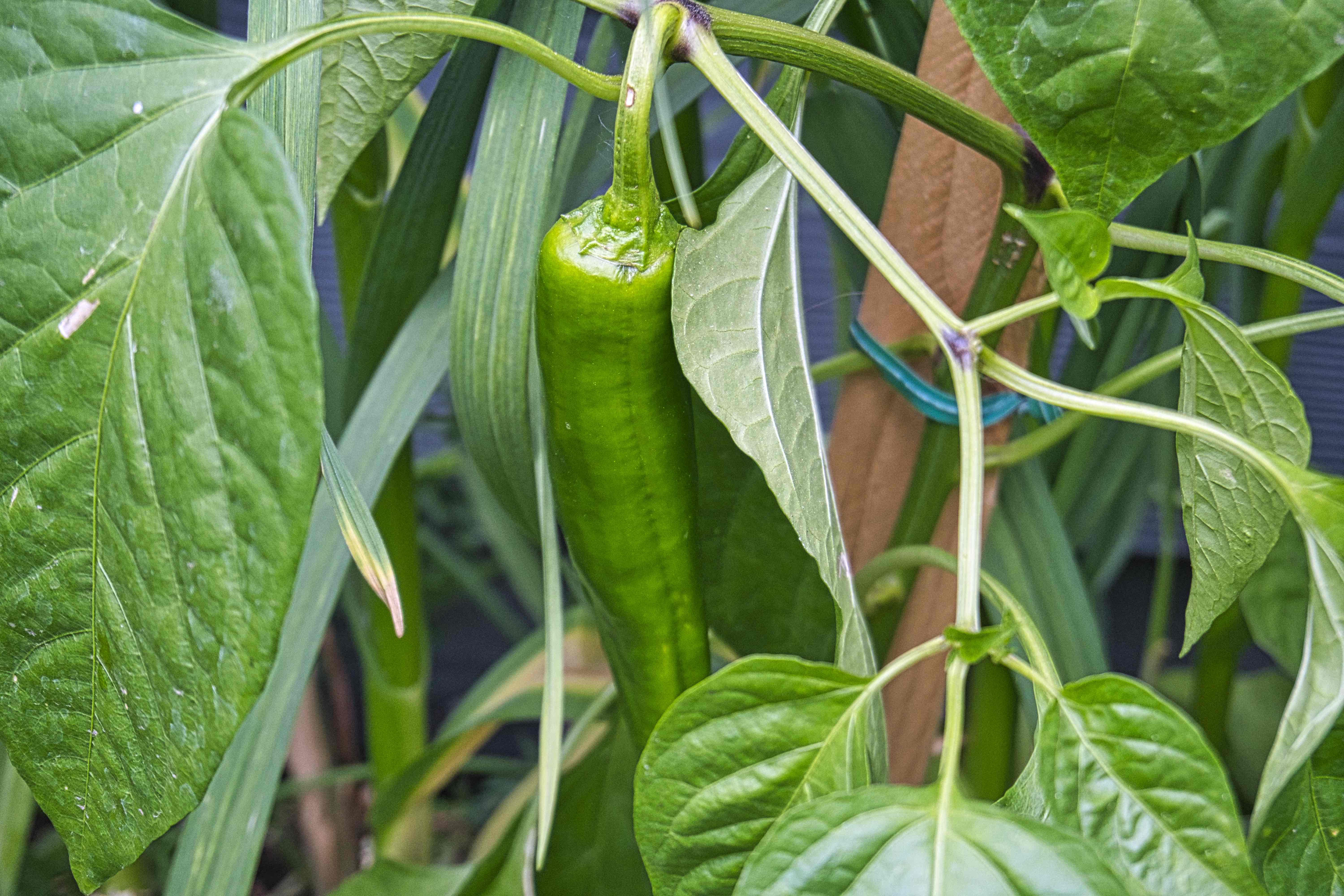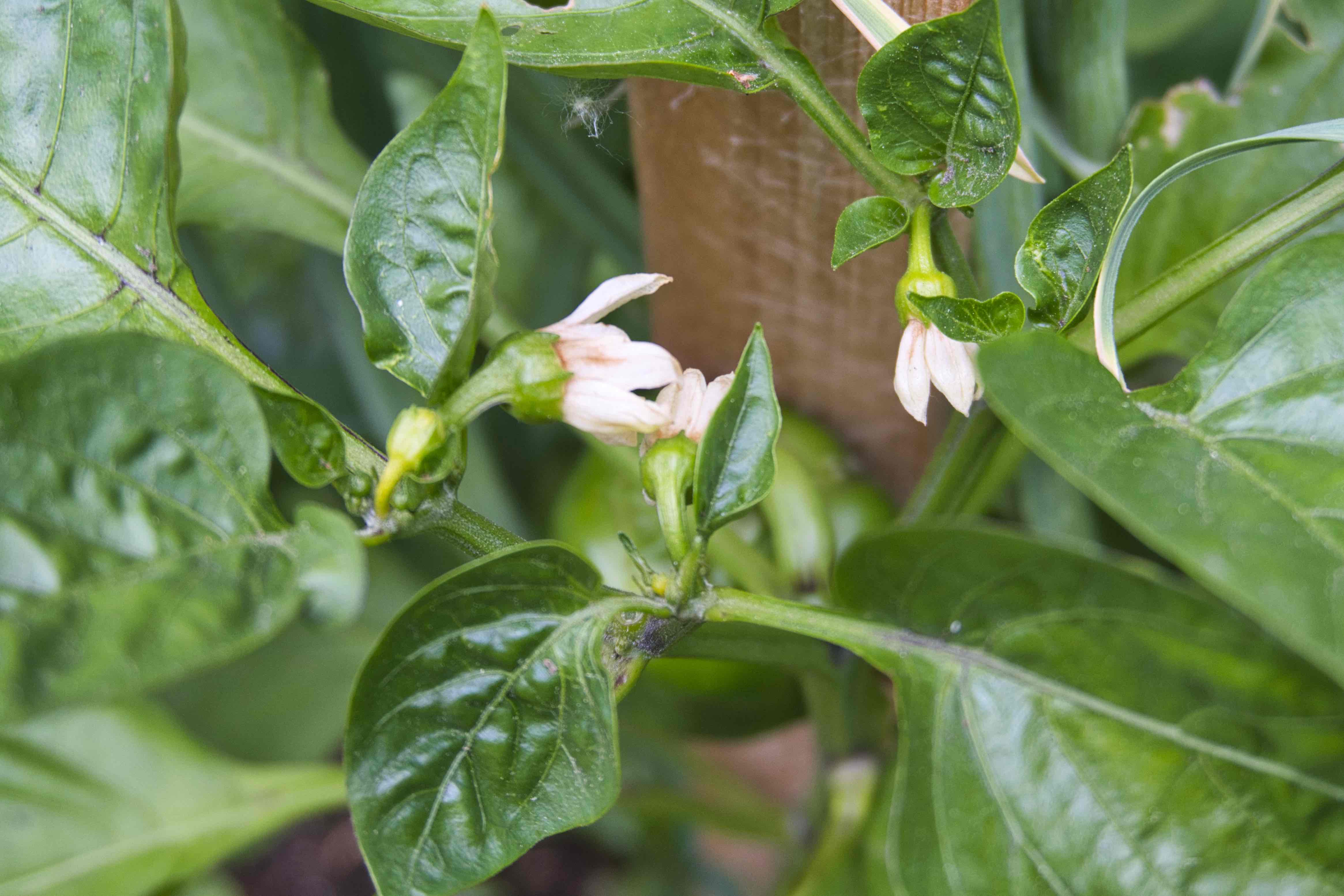
Peppers Not Producing Fruit? Here's Why and How to Fix It
Are you growing peppers this season and disappointed with your results? There is still time to address the issue and remedy the problem, and salvage this year's pepper harvest.
At Garden To Table Consulting, I too experience low fruiting plants; this year is no exception. Let’s dive into the most common reason why your pepper plants are not producing fruit, and how to fix it.
Soil Health and Peppers
Soil health is the most crucial element in the success of your garden. It is one of the first places I turn to when I’m having issues related to fruit production in my vegetable garden.
Pepper plants require a combination of nitrogen for strong leafy green branches, phosphorus for flower and fruit production, and potassium for overall health and vigor.
When evaluating soil health, I always begin by checking the pH level. The ideal pH level for growing pepper plants is between 6.5 and 7.0. You can purchase a digital pH tester at local nurseries, hardware stores, or online at Amazon.

Low nitrogen levels in garden soil
One sign that the soil may be low in nitrogen is that your pepper plants are stunted and not reaching their mature size. Adding mushroom compost and a small amount of worm casting to your garden is one way to improve your overall soil health and gradually increase your nitrogen levels. Compost is my preferred method for enhancing nitrogen levels when I’m planting. Still, you can also use soil amendments with a low nitrogen content of 4% or less, after your initial planting. Nitrogen is always the first number listed on the fertilizer package, N-P-K.
Another way to improve nitrogen levels is to plant different legumes as the seasons change. For instance, I plant peas for early spring and fall harvests. During the warmer months, I replace the peas with bush beans. Planting your legume harvest next to nightshade vegetables, such as peppers, can provide additional nitrogen support for your pepper plants.
Blossom end rot is a sign of low phosphorus in pepper plants
Once peppers start to produce fruit, when they become low in phosphorus, they can develop blossom end rot. Blossom end rot occurs when the bottom of the pepper fruit starts to turn brown, resembling bruising, and then begins to rot.
Other signs of phosphorus deficiency include leaf wilting, reduced flowering and fruiting, and browning of leaf tips or margins.
When planting my pepper and tomato plants, I add crab meal to my soil. Crab meal is an excellent way to add nitrogen and phosphorus to the soil. In addition to phosphorus, it also adds a significant amount of calcium to the soil, which is vital for cell wall development. When plants are deficient in calcium, it can also lead to blossom end rot, so the two conditions often occur together. (Please Note: As an Amazon Associate, I earn a small commission from qualifying purchases)
Fluctuations In Weather Temperature Effect Pepper Blossoms

Like most fruiting plants, peppers do not respond well to sudden temperature fluctuations. When peppers experience a large temperature swing, it's not unusual for them to start dropping their flowers. Here in Western Washington, from May to June, we experience a dramatic rise and fall in temperatures, which can lead to reduced fruit production. Your daily and nightly average temperatures must be warm enough for planting.
Pepper plants prefer warm temperatures, with an ideal daytime range of 70°F to 85°F and nighttime temperatures of 60°F to 70°F. Here in Mill Creek, during the summer months, we experience colder nighttime temperatures, typically ranging from 50°F to 57°F. Therefore, our pepper growing season is short.
When temperatures reach above 90°F, pepper plants become sterile and drop their blossoms. Providing some shade from the highest temperatures of the day can help prevent this from happening to your plants when the temperatures are high.
When nighttime temperatures become too cool, pepper fruit production can be impacted, again resulting in the dropping of the blossoms. By planting your large to medium-sized plants in the center of the garden and surrounding them with smaller plants, using intensive planting methods, you can help keep your plants warmer, thereby protecting them against temperature extremes. Another option for keeping your plants warm is by adding a layer of mulch on top of the soil.
Peppers Need Lots of Sunlight
On average, peppers need between 6 and 8 hours of sunlight to produce fruit. The more sunlight a pepper plant receives, the larger the fruit it can grow, and the higher the yields. The amount of sunlight can also affect the sweetness of the pepper; the more sun it gets, the sweeter the fruit will be.
According to the University of Idaho, additional sunlight during the day can help offset some of the effects of temperature fluctuations in climates with cooler night temperatures, such as those found in Mill Creek, Washington.
Watering Your Pepper Plants
Pepper plants need consistent soil moisture to produce fruit. Most gardens require approximately 1 inch of water per week. If pepper plants receive too much moisture, they cannot pass vital nutrients to the fruit, and the fruit starts to rot. When a pepper plant lacks moisture, it will begin to drop its flowers. For more in-depth information on watering your garden, refer to "Watering Your Vegetable Garden: How Much, How Often, and Best Techniques" for further details.
Final Thoughts on Growing Peppers
The four requirements for excellent yields in your pepper harvests include a healthy soil rich in nutrients to support fruit production, warm temperature levels, and at least seven to eight hours of direct sunlight to increase production, as well as frequent watering to maintain consistent soil moisture.
It’s always a good reminder that what works best for one garden may not work the same way for another. Begin by eliminating factors that contribute to the low harvest. Start with the weather. Are you experiencing significant temperature fluctuations? Is it consistently too hot or too cold? Then, look for signs that your soil may be contributing to low production, and add soil amendments such as compost, worm castings, or fertilizers low in nitrogen and high in phosphorus, like bone or crab meal, to support fruit production.
If you're still struggling to find a solution, consider hiring a garden coach like me, who works directly with you to achieve improved results.
Side Note: As an Amazon Associate, I earn a small commission from qualifying purchases. I personally use most of the products I link to directly for my garden care, but my results may differ from other gardeners.
